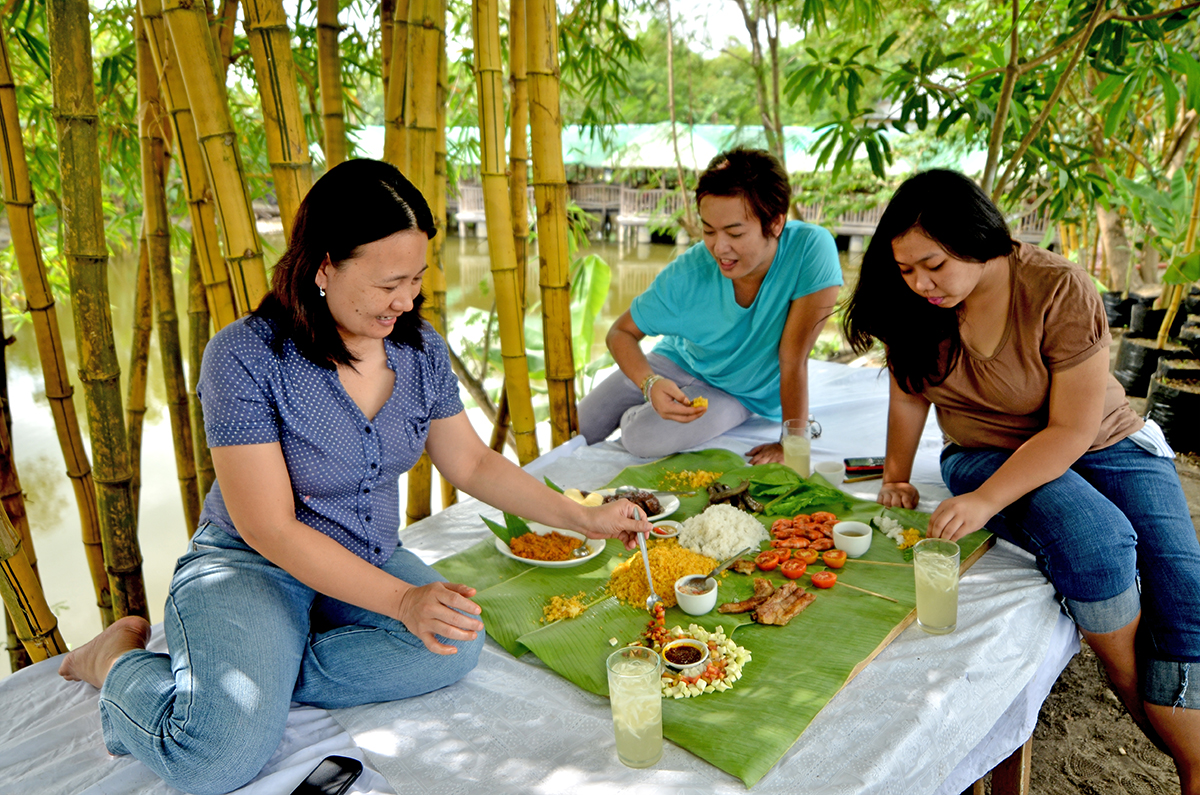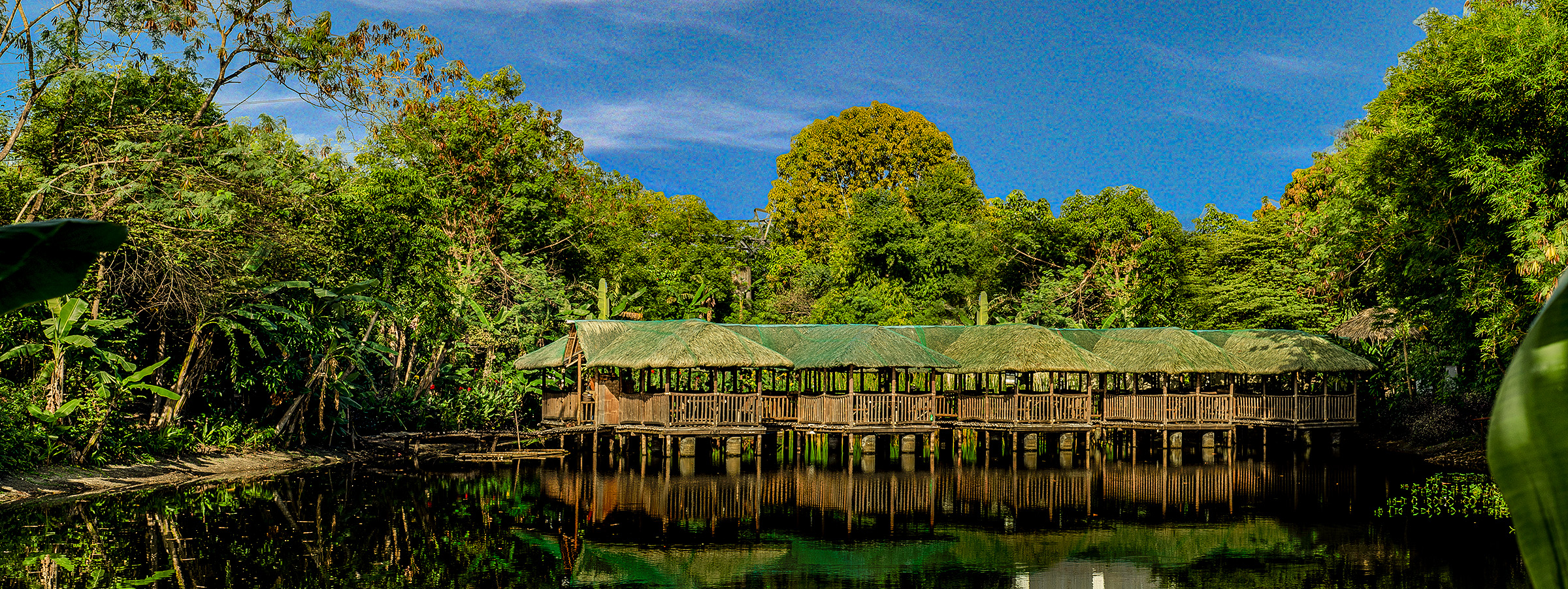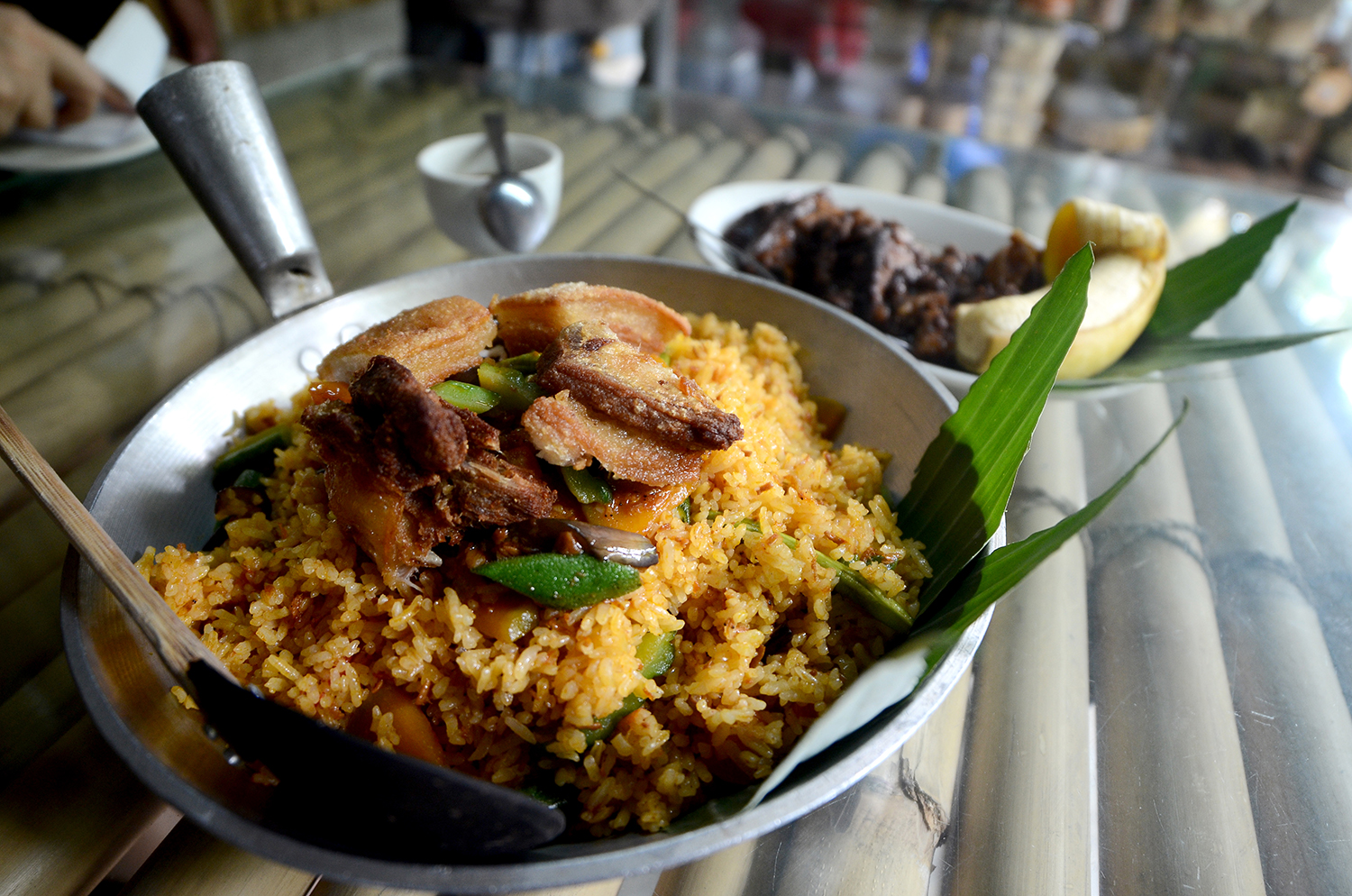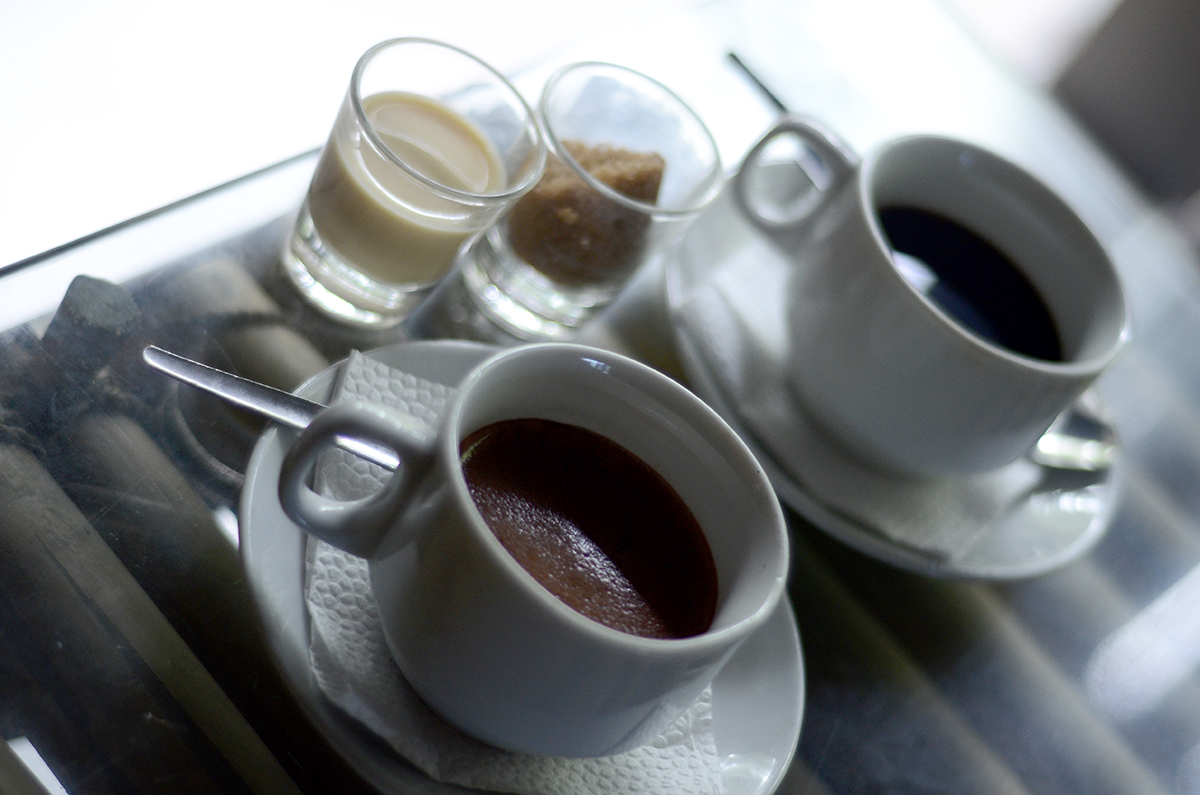NOTE: In order to take part in the celebration of Apag Marangle’s 15th anniversary, I am going to share an essay that I wrote back in February of 2015. It is important to keep in mind that the author’s point of view is being conveyed in the personal opinion shared about the story.
When it comes to taste, there is no way to beat a Kapampangan-literally. For the past few months, I’ve been teaching at a university in Manila, and I’ve had an overpowering need to seek out every Kapampangan meal along the University belt only to satiate my gastronomic desires. The hunt, however, was never successful due to the abundance of canteens or “turo-turo” that serve “pseudo-Kapampangan” delicacies like “sisig” or “kari kari,” which are often deceptions because the majority of the owners of these stalls are not native to the Philippines and serve food that tastes abysmally bad. What do you name a sisig topped with eggs and mayonnaise? It’s the worst thing that could have happened to this true Kapampangan, bastardized for the commercial market, making it trite and cheap, and creating negative opinions of how Kapampangans cook it.
As part of my regular photo documentation, I asked Ms. Cherry Tan, one of today’s leading contemporary Kapampangan chefs, why Kapampangans are different when it comes to cuisine, among other things. Cherry, a full-blooded Kapampangan hailing from the Pasions of Sta. Rita, has been a guest on various national media outlets in recent months, revealing her expertise in cooking as well as the inspiration for her thriving Kapampangan restaurant, which now has a branch in Makati. Cherry believes that her roots in Sta. Rita are one of the reasons she has a taste for fine food.
“we are uniquely Kapampangan cooks because we do not limit ingredients, take no shortcuts, and are very generous with spices. “
-CHERRY TAN
Growing up in a home where cooking is a serious duty that requires a team effort, she learned to cook under the tutelage of her aunt and mother. “I remember making the delectable “humba” for the first time, where I mixed all the ingredients like soy sauce, tauri, yellow beans, sugar, meat, and mantikilya.” “It was like an audition for American Idol, where my food was judged in the kitchen by my Mom and Aunt before taking it outside the dining table to serve,” Cherry explained. “It was exciting because their taste buds would determine your future in cooking,” Cherry enthusiastically explained.
 The original place where Apag Marangle was located offered this outdoor boodle fight package for an experiential dining experience.
The original place where Apag Marangle was located offered this outdoor boodle fight package for an experiential dining experience.For Cherry, we are uniquely Kapampangan cooks because we do not limit ingredients, take no shortcuts, and are very generous with spices. She believes that a love of food and the memories that each viand brings back to pass on the experience of eating real, authentic cuisine demonstrates family values. “We cherish memories when we do it with family,” she remarked. “And that is a great virtue,” she continued.
Cherry’s heritage, as one of the few remaining places where the ambiance of colonial past can still be felt, might be cited as a part in her pursuit for delicious food and flavor. The Friars, who are thought to have taught Kapampangans how to cook, made an impression on town, where foods like Sansrival and Asadung Matwa are still popular in families. “My humba is a mix of old and new recipes, but I still trace the ability to make it really taste good to my ancestors who taught us the unique ways to do it,” she said.
And as for myself, I’m still looking for that elusive Kapampangan food, the authentic kind along University Belt, which could be another feature for my visual anthropology projects.
Reference: Banal, J. (2015, February 5). Ing Nyaman Ning Apag Marangle. Headline Gitnang Luzon. Retrieved April 8, 2023, from https://www.headlinegl.com/


